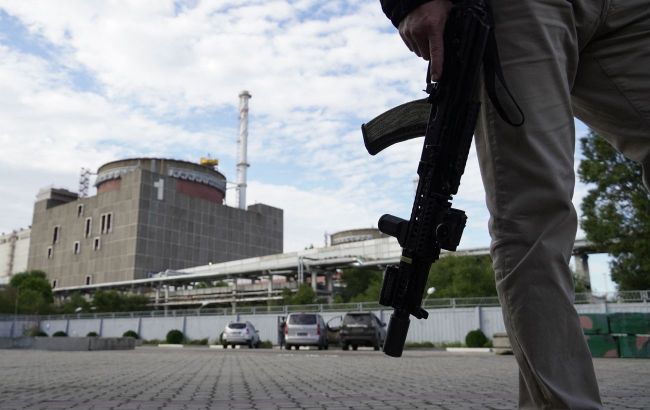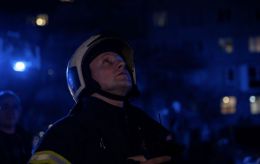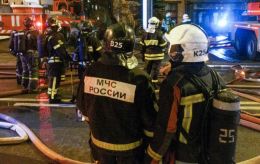IAEA specified consequences of drone strikes on Zaporizhzhia Nuclear Power Plant
 The IAEA has updated data on explosions on the territory of the Zaporizhzhia Nuclear Power Plant (photo: Getty Images)
The IAEA has updated data on explosions on the territory of the Zaporizhzhia Nuclear Power Plant (photo: Getty Images)
The International Atomic Energy Agency (IAEA) has updated information on the consequences of drone attacks on the territory of the Zaporizhzhia Nuclear Power Plant, controlled by Russian occupiers. In particular, observation and communication equipment was damaged, as well as a military vehicle, according to the IAEA website.
The relevant report of the Agency on yesterday's incident involving the detonation of a UAV on the territory of the Zaporizhzhia Nuclear Power Plant was updated today, April 8.
It is stated that at the moment, there are no signs of damage to critical safety systems or security at the station's site.
"However, the military strikes were another stark reminder of persistent threats to the ZNPP and other nuclear facilities during the armed conflict, despite the IAEA’s efforts to reduce the risk of a severe accident that could harm people and the environment in Ukraine and beyond," the Agency emphasizes.
The report mentions that after receiving information from the occupation administration at the Zaporizhzhia NPP about drone attacks, IAEA experts went to inspect the three affected sites.
"They were able to confirm the physical impact of the drone detonations, including at one of the site’s six reactor buildings where surveillance and communication equipment appeared to have been targeted. While they were at the roof of the reactor, unit 6, Russian troops engaged what appeared to be an approaching drone. This was followed by an explosion near the reactor building," the Agency writes.
The IAEA team reported that they observed drone debris at this and two other crash sites.
"At one of them, outside a laboratory, they saw blood stains next to a damaged military logistics vehicle, indicating at least one casualty," the statement said.
Additionally, according to experts, during the day at the site, they heard explosions and gunfire, as well as several artillery shots near the plant.
"While the team so far has not observed any structural damage to systems, structures, and components important to nuclear safety or security of the plant, they reported observing minor superficial scorching to the top of the reactor dome roof of Unit 6 and scoring of a concrete slab supporting the primary make-up water storage tanks," the IAEA said.
What preceded this
Earlier, it was reported that on April 7, the International Atomic Energy Agency announced an attack by an unknown drone on the territory and one of the protective domes of the occupied Zaporizhzhia Nuclear Power Plant.
At the same time, the Russian corporation Rosatom accused the Armed Forces of Ukraine of allegedly three drone attacks on the Zaporizhzhia Nuclear Power Plant. However, as Reuters reported, the Main Intelligence Directorate of the Ministry of Defense of Ukraine rejects the accusations of the occupiers and suggests that this may be the work of the Russians themselves.
Situation at Zaporizhzhia Nuclear Power Plant and shelling
Several days ago, on April 4, due to Russian shelling with artillery, the external air line PL-330kV Zaporizhzhia TPP - Ferroalloy Plant was disconnected. Through this line, the Zaporizhzhia Nuclear Power Plant received power from the Ukrainian energy system to meet its own needs.
At that time, the IAEA noted that the disconnection occurred after a series of artillery volleys in the area of the plant. Later, on April 6, the plant was successfully connected to the second power line.
Earlier the IAEA indicated that Russian occupiers were shelling from the territory of the Zaporizhzhia Nuclear Power Plant.
Additionally, in early March, there was an explosion and gunfire near the Zaporizhzhia Nuclear Power Plant.

